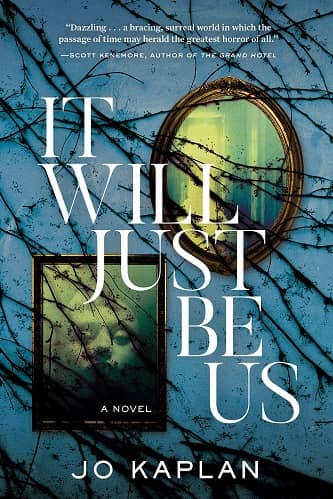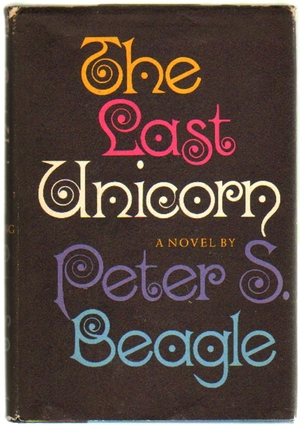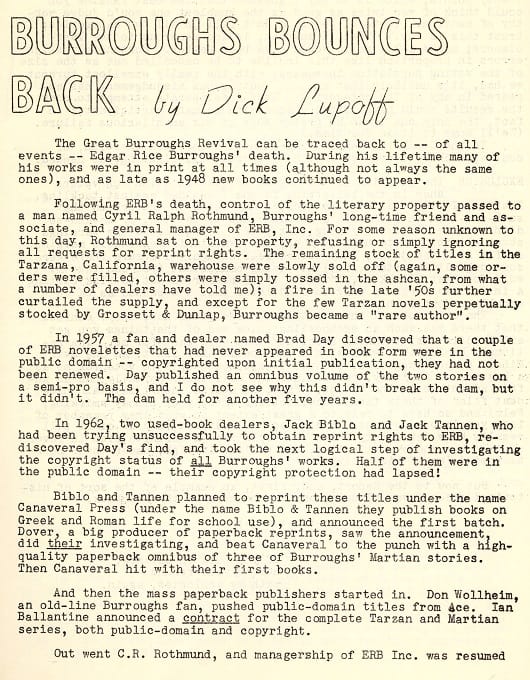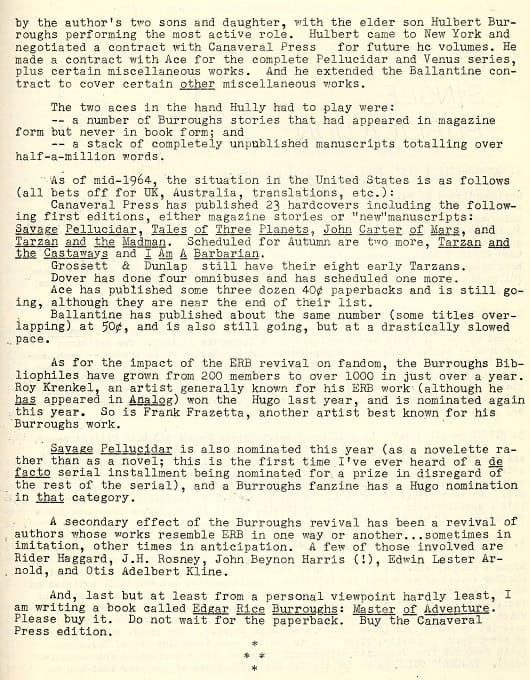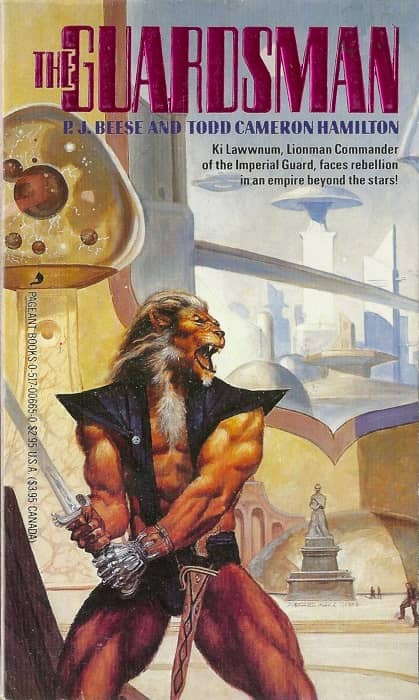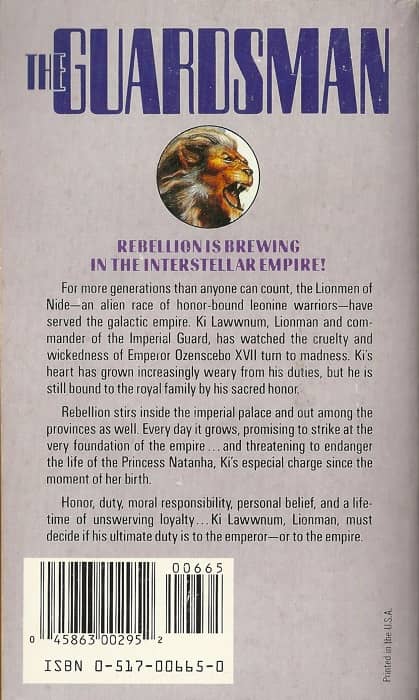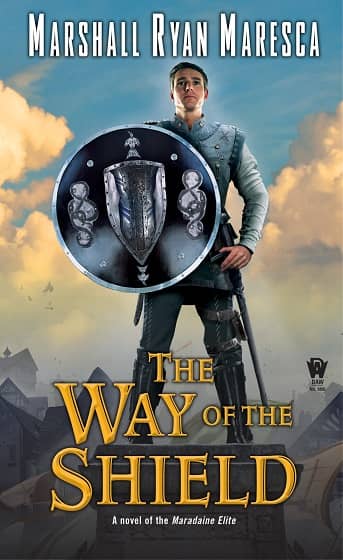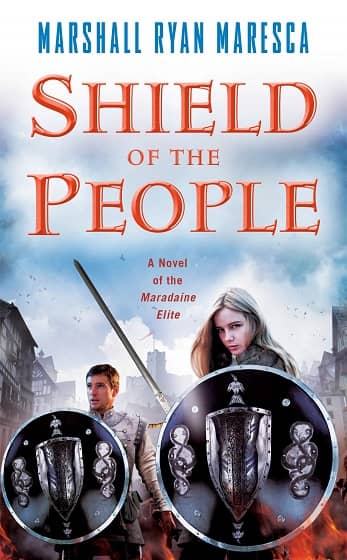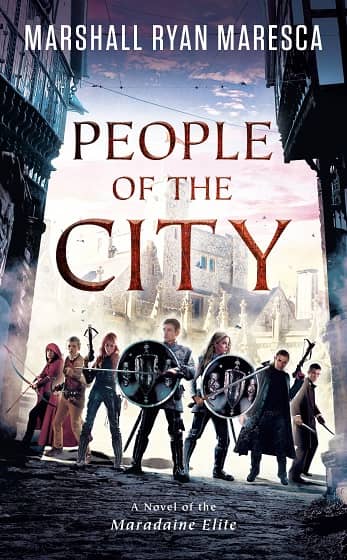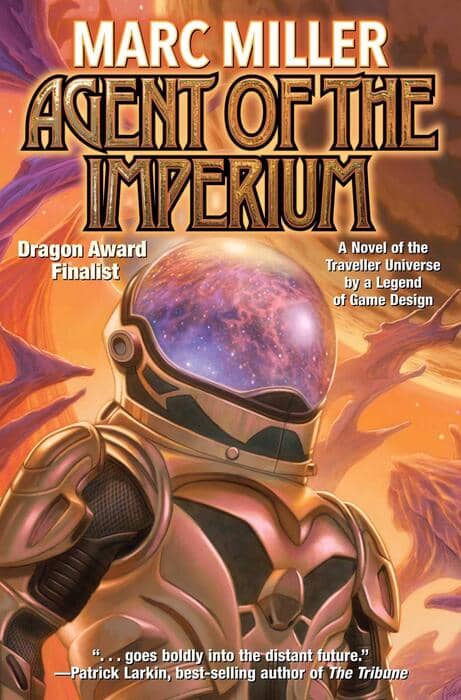A Fine Addition to any SF Library: Isaac Asimov’s Wonderful Worlds of Science Fiction, edited by Isaac Asimov, Martin H. Greenberg, and Charles G. Waugh
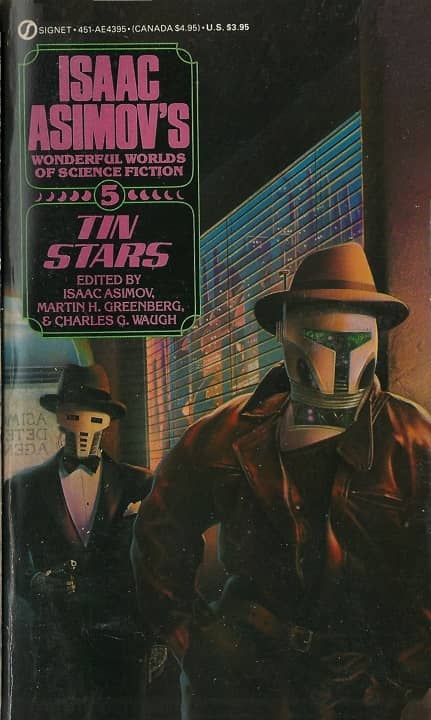 |
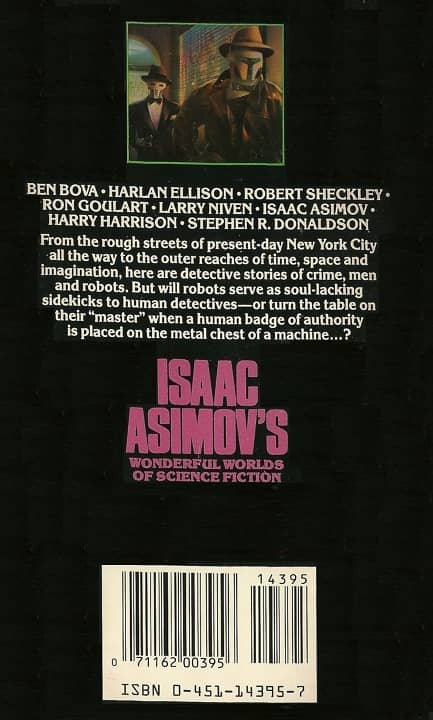 |
Tin Stars (Signet, 1986), volume 5 of Isaac Asimov’s Wonderful Worlds of Science Fiction. Cover by JAV
Isaac Asimov published more than 500 books in his lifetime. Now Asimov was amazingly productive — averaging around 1,700 words published per day over the last two decades of his life — but no one is that prolific. In later years he became a proficient book packager, working with editors like Charles G. Waugh and especially Martin H. Greenberg to churn out dozens and dozens of science fiction anthologies in which he contributed little more than an introduction and perhaps some editorial guidance.
If this sounds dismissive, oh my friends, it is not meant to be. Asimov was interested in a great many things, but one of his earliest and most enduring passions was short fiction. It was his love for early science fiction pulps that set him firmly on the path towards being a successful SF writer by his later teens, and in his later years he became one of the staunchest champions of the science fiction short story — and in particular those stories and authors that, by the 70s and 80s, were in growing danger of being forgotten. Between 1979 and his death in 1992 he put his name (and the considerable selling power behind it) on numerous SF anthologies and long-running anthology series edited with Greenberg and Waugh, including The Great SF Stories (25 volumes, 1979-92), The Mammoth Book series (6 books, 1988-93), Isaac Asimov’s Magical Worlds of Fantasy (12 books, 1983-91), and others. I don’t know if it was ever made explicit, but it seemed pretty clear that Waugh made the selections, Greenberg handled the rights paperwork, and Asimov was sort of a godfather over the whole process. In any case, the success of these books helped inspire other reprint anthologies, and for many decades life was good for classic science fiction lovers.
Those days, of course, are long over, and mass market reprint genre anthologies are scare as hens teeth today. But when times are tough, the tough get creative, and so I’ve been on the hunt for older science fiction anthologies I may have overlooked all those years ago. That’s how I rediscovered Isaac Asimov’s Wonderful Worlds of Science Fiction — and it is a delight.
Like many of his other popular series it was edited with Greenberg and Waugh, and included 10 volumes published between 1983-90. Each had a different theme: Intergalactic Empires, Space Shuttles, Monsters, Invasions, and so forth. They were generously sized (300-400 pages) and came packed with wonderful stories selected by an editor with a keen eye. These books have never been reprinted, but they’re not hard to find. In fact I recently bought a set of five in nearly brand new condition for significantly less than original cover price.
